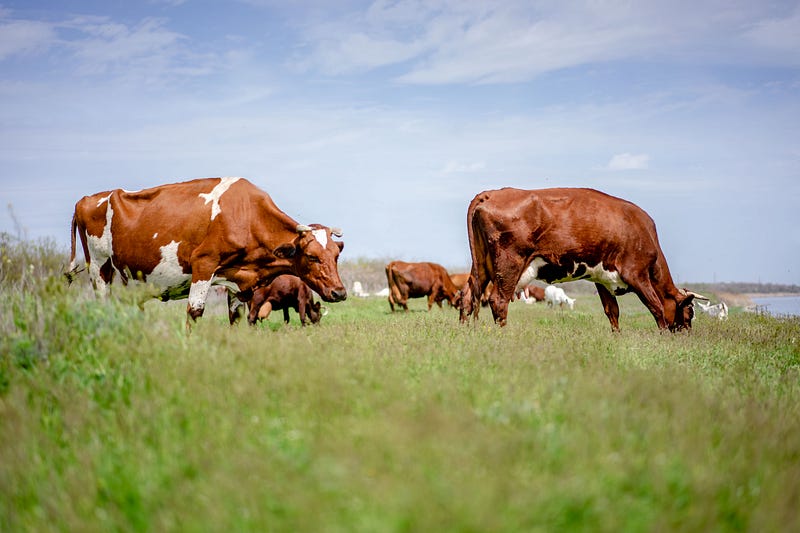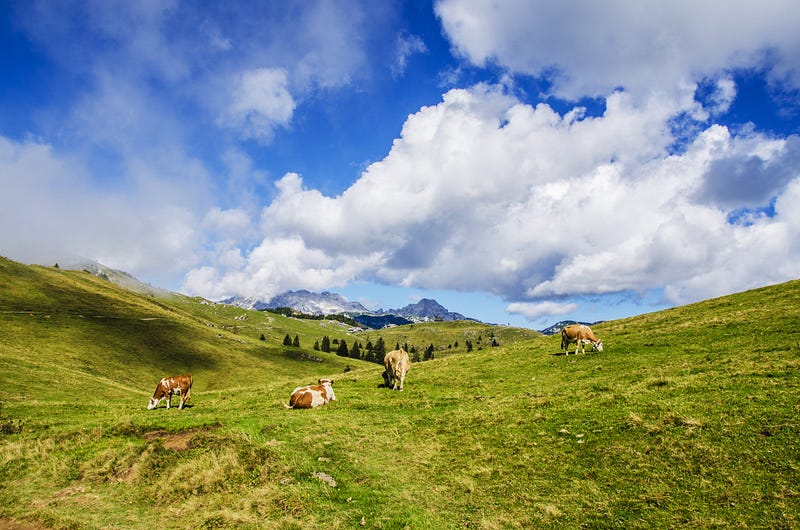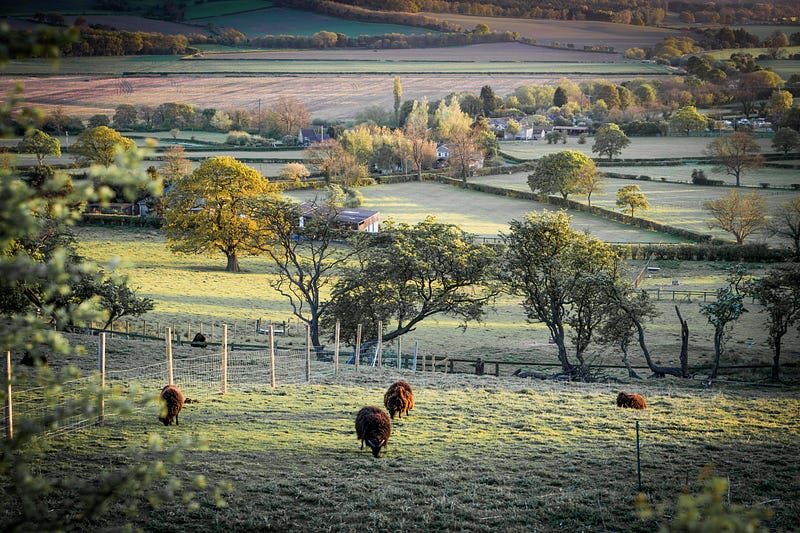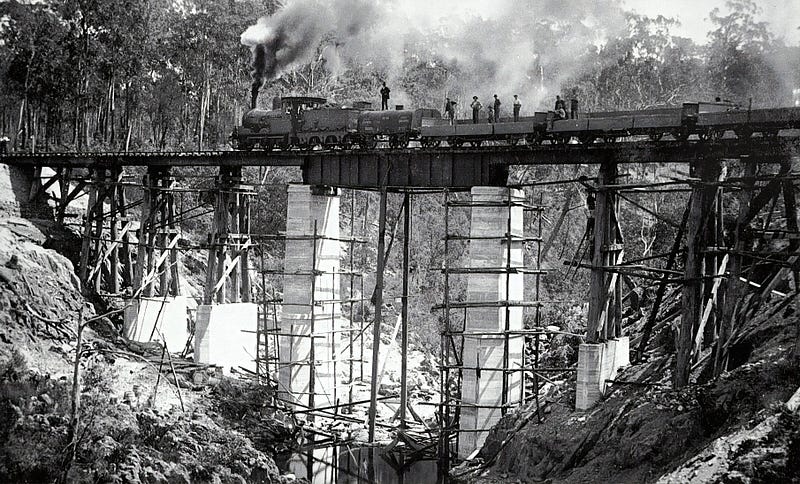A Discussion of “Ecosystem Impacts and Productive Capacity of a Multi-Species Pastured Livestock System”
I try to limit my exposure to the cesspool of viral “news” stories as they are happening. Looking back after the morass of half-truths and lies when things have settled and the truth can be seen is much more psychologically healthy. This is not a left/right thing because both sides do it.
A recent example hits on the topic I have been researching lately — exploring issues around our food production and consumption.
The Daily Mail got the ball rolling with a story that actually reported the results of a January 2020 study by the University of Michigan’s Center for Sustainable Systems that projected the amount of greenhouse gases produced by the food industry under 4 different scenarios. One scenario was cutting meat production by 90%.
However, the headline of the Daily Mail article made it sound like the statistics being reported come from an analysis of Biden’s recent proposal for a reduction in emissions. Since there have been few details how they will achieve the dramatic reduced emissions target, this vacuum was filled in the minds of many with the Daily Mail article.
Happy to have only seen this after the dust settled, but it does show there is room for a real discussion.
The U. of M. study assumes our production techniques will stay the same and we just shift what we produce between plants and animal products.
From what I have been reading and writing about lately, we really can do much better. We can examine our current agricultural production methods and move towards more sustainable methods.
Shifting our production towards regenerative agriculture would be better environmentally than current practices.
However, what are the trade offs from such a shift? Specifically, how would productive capacity be impacted?
The Study
Rowntree, Stanley, Maciel, et al. (2020) examine just that in their paper.
They collected data on a farm in the southeastern United States that they described as “degraded cropland” which was converted to a multispecies pasture rotation system (MSPR). (p. 1)
MSPR is a type of regenerative agriculture which focuses on production techniques that do not rely on outside inputs. It is focused instead on integrating animals and plants in a way that the output of one part of the system provides the inputs of another.
To better understand MSPR, this is the description of how the degraded cropland is turned into advanced regeneration over several years.
The regeneration process employed by White Oak Pastures. Year 0: Degraded cropland is acquired; Years 1–3: Hay is fed to cattle grouped in moderate densities, compost is applied, grass is seeded, and cattle and poultry are grazed at low stock densities; Years 3+: Animal stock densities are increased and holistic planned grazing (HPG) is implemented, where animals are rotated often and land is rested between grazing events. Advanced Regeneration: Represents a regenerative landscape (no seedlings, added hay or compost since year 3) including rotations of diverse animal species with improved soil health and water cycling. (p. 4)
What stands out to me is if we move in this direction, there will be transition costs for a few years before you achieve a system that should be less costly because external inputs are no longer needed.
It is a system that takes a lot more human capital (knowledge and skill from the farmers) than physical inputs.
The authors gather data to compare the MSPR method to the conventional commodity production system across various metrics: (p. 2)
- greenhouse gas emissions
- soil carbon sequestration
- soil health
- land footprint
The data they collected from the farm allowed them to conduct a Life Cycle Assessment. (p. 3) They then used those results to compare to our existing commodity production methods.
The Data
One answer I have been looking for is impact on the output. I know that grass finished beef production methods today result in a lower output level as compared to the grain finished feed lots of our commodity production methods.
The authors report that typically grass finished cows today result in 33% less carcass weight. (p. 6) This is partly due to leaner cows and partly due to it taking longer for grass finished cows to fully mature.
If we shifted from today’s system to all grass finished beef as it is done today, then we would have a much lower supply. Paying more for less is not going to be a popular policy.
The MSPR system being investigated here showed that cows were ready between 20–22 months as opposed to 30 months for grass finished cows. (p. 6) That would indicate that production levels will not be substantially negatively impacted by switching to MSPR.
For the environmental impact, there are many variable to consider. The commodity production method is reliant on outside feed so the emissions from that production has to be considered.
In contrast the MSPR system results in significant carbon soil sequestration as it mimics the natural relationship among animals, plants and the atmosphere. While animals still produce emissions, they are offset by the carbon soil sequestration process.
Once all things are considered, the authors find the MSPR environmental footprint is 66% lower than the commodity production method of today. (p. 1)
Too bad this finding did not go viral.
Improving our technology of production then can also improve our environmental impact while not substantially reducing output.
There is one potential negative the authors note for MSPR: the amount of land needed. MSPR needs 2.5 times more land compared to the commodity production method. (p. 10)

Conclusion
It seems to me from these results that a shift towards MSPR is a needed improvement.
I do note their observation of the increased need for land if we move from the commodity method. In economics all things come with trade offs. In a country with as much land area as we have, I do not see this as a large negative, especially when compared to ending the feedlot system.
Growing plants and animals is a biological process so it is not really surprising that the overall outcome is better when production mimics the natural process. Our commodity production system instead mimics factories.
As our attention turns to the environmental issues our current production methods are causing, a study like this showing MSPR as a better method in all ways other than needing more land could be a roadmap for us to follow.
Anyone know how we can get the Daily Mail to write a misleading article about this so people know about it?
Reference: Rowntree, J., P. Stanley, I. Maciel, M. Thorbecke, S. Rosenzweig, D. Hancock, A. Guzman, and M. Raven 2020, “Ecosystem Impacts and Productive Capacity of a Multi-Species Pastured Livestock System.” Frontiers in Sustainable Food Systems, 4:544984, doi: 10.3389/fsufs.2020.544984.




